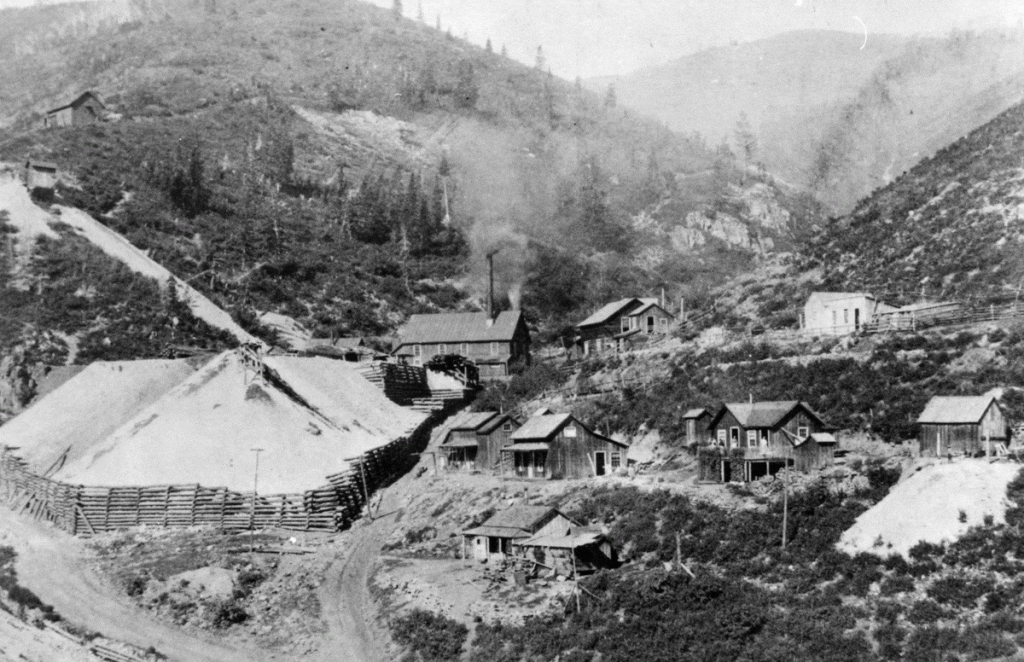This is the third article in a series on the Conkling Mining Co. v. Silver King Coalition Mines Co. lawsuit.
John A. Marshall was appointed by President Grover Cleveland as the first U. S. District Court judge for Utah when it became a state in 1896. He was a grandnephew of America’s fourth Chief Justice John Marshall and a great-grandson of a Founding Father of the United States, Robert Morris. Morris was a signer of the Declaration of Independence and the U. S. Constitution and, along with Alexander Hamilton, founded the country’s financial system.
The lawsuit filed by Colonel Nicholas Treweek against the Silver King Coalition Mining Company fell to Judge Marshall. When the Colonel attempted to make a survey of the workings as arranged by stipulation, he was stopped in his work at certain points and was compelled to go to the judge for an order of the court to complete the survey. The Silver King denied that Treweek had ever been excluded from access to any of the workings on or beneath the surface of the disputed Conkling or Arthur claims.
Admired for his poise and judicial dignity in presiding over his court, Judge Marshall was feared by most attorneys because of his rigid discipline and his absolute refusal to permit arguments he considered irrelevant and confusing. On June 30, 1908, the judge decisively granted Treweek’s application for an order to survey in certain portions of the workings of the Silver King Coalition company’s ground.
The order to survey and examine the surface and underground workings of the Silver King Coalition gave unusually wide latitude and freedom of action to Colonel Treweek’s engineer and his assistants. They were given access to any underground workings of the Coalition that they deemed necessary to survey and examine to learn whether, and to what extent, the complaints in the lawsuit existed. The order permitted the Colonel’s representatives to go into and out of the mine through the Alliance Tunnel at all reasonable times so long as their work was being diligently performed.

Credit: Park City Historical Society & Museum, Himes-Buck Digital Collection
Colonel Nicholas Treweek was no stranger to the workings of the Alliance Tunnel for it was through his work that the old Sampson Mining Company of Park City was re-organized and sold to the Alliance Mining Company on Valentine’s Day in 1889. As vice president and general manager of the Alliance, he entered into an $80,000 contract with John Judge to run the drain tunnel 800 feet below the old Hanauer tunnel, which had been dug to drain the Sampson mine.
Judge Marshall’s order further granted Treweek the right and power to remove bulkheads or other obstructions that might be encountered in the completion of his work. Judge Marshall knew that this was not the first time the King Coalition had sought to impede the progress of a survey. In a complaint brought by the St. Louis-Magnolia Company in 1907, the Silver King had attempted to conceal a drift into the St. Louis ground by building a bulkhead. The judge’s order applied simultaneously to Solon Spiro’s Silver King Consolidated complaint against the King charging unlawful extraction of its ore.
This story will be continued. To learn more about mining history in Park City, visit the Park City Museum and its Hal Compton Research Library.